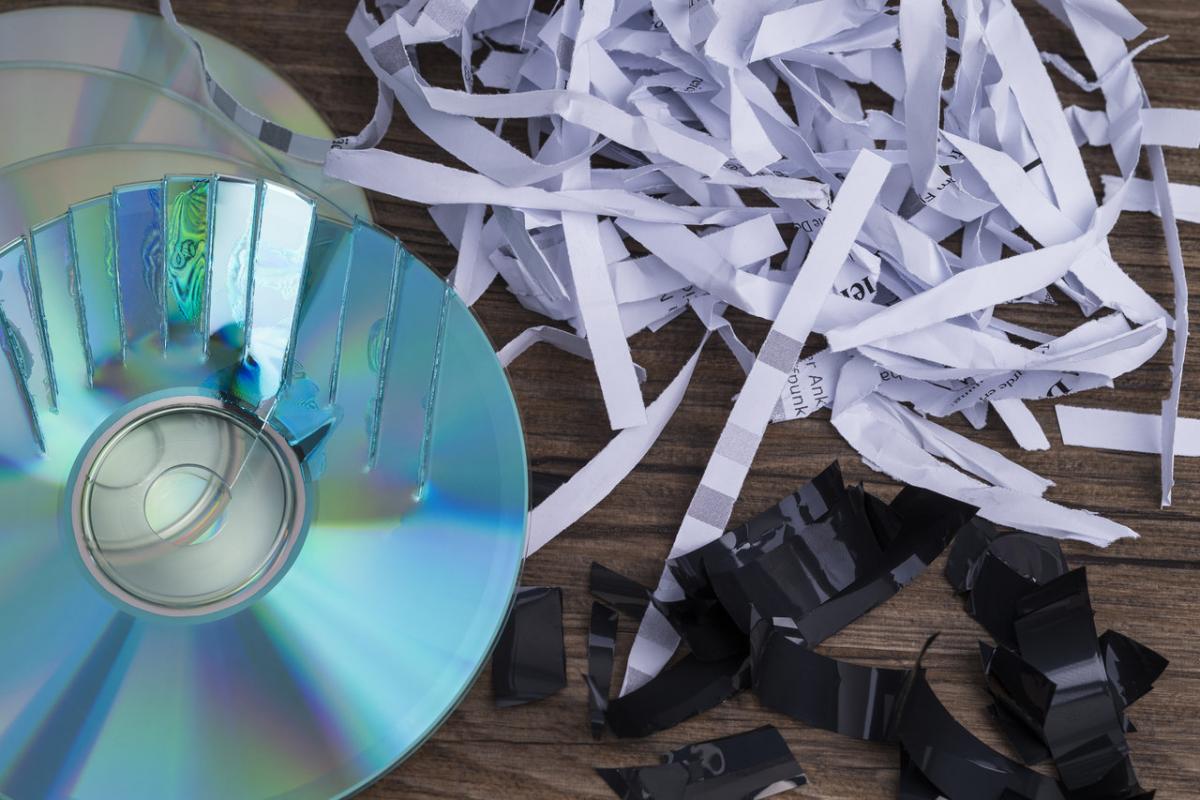Tuesday Tips: 4 Steps to Data Destruction

As technology continues to develop at a rapid rate, businesses must try and keep up with the latest offerings. But, part of upgrading to new equipment and software is properly disposing of your old systems. Here we want to offer helpful information to keep you safe and legal.
-
Shredding
Shredding is not just for paper documents. Computer hard drives contain tons of proprietary information, which must be protected. Simply deleting files is not enough. Shredding is the most effective way to do this. The hard drive is shredded down into metal scraps ensuring that any data left on them cannot be recovered.
-
Keep it Legal
Federal laws, namely the Data Protection Act 1998 and the Freedom of Information Act, require businesses to legally protect confidential information. This applies to electronic and hard copy data pertaining to your employees, customers, suppliers, vendors, etc. Enlisting the help of a professional service ensures legal compliance and makes the process much easier. Failure to comply with laws can result in steep fines or incarceration.
-
Physical Waste
Beyond destroying data and information, there are laws governing the disposal of electronic equipment, particularly monitors. Hazardous Waste Regulations and electronic equipment guidelines require the use of a certified provider to properly dispose of old monitors, which contain "hazardous materials."
-
Protect Yourself
Be sure to do proper research before upgrading to new hardware or software. Information theft is costly and dangerous. Don't guess at the best way to destroy data -- be sure that you have a proper plan in place to ensure legal compliance and information protection.

